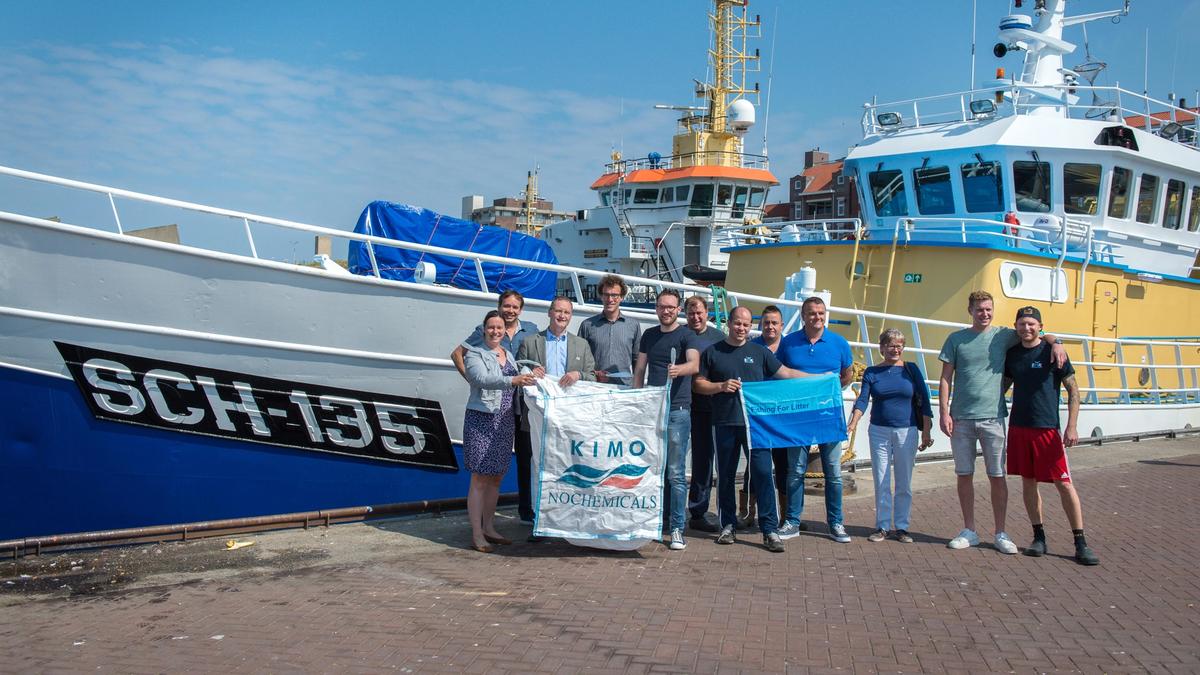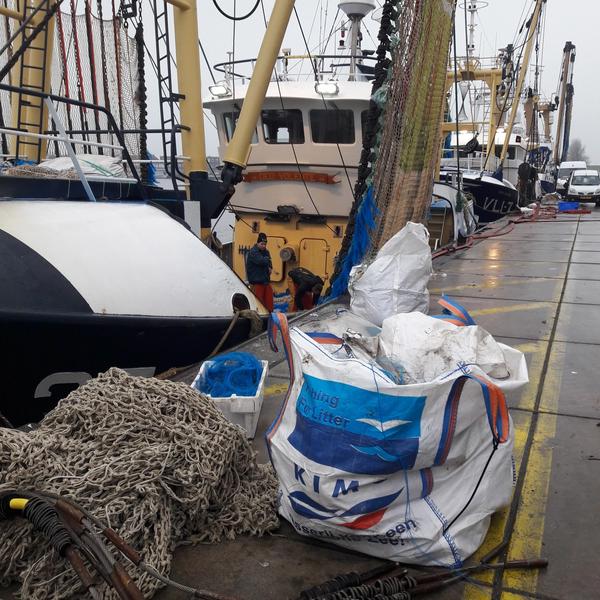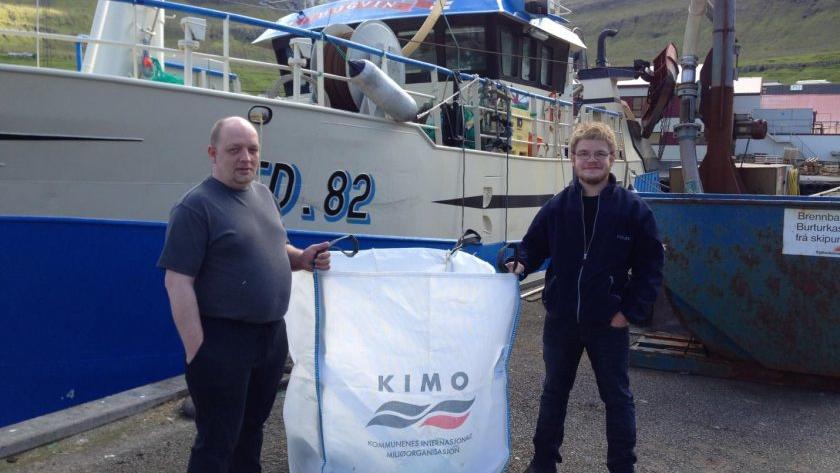Responsible for the project Fishing for Litter, in the Netherlands, Michael Mannaart, would love to see the project expand globally and says communication is the key.

17 years ago, in the Netherlands, the organization KIMO (Kommunenes Internasjonale Miljøorganisasjon) started to coordinate the project Fishing for Litter, which seeks to reduce the marine litter by involving the main stakeholders – the fishing industry.
In 2004, the project expanded to an EU project and went international. The scheme, however, is operating independently in every participating country.
KIMO provides fishing boats with big bags to collect marine litter from the sea when they are out fishing. When they come into port, they can unload the bags of litter for free.
Norway has also adopted the Fishing for Litter scheme which is funded and implemented by The Norwegian Environment Agency and administered by Salt Lofoten.
– Raises awareness
According to Michael Mannaart, who is the international Liaison Officer at KIMO International, and has been involved in the scheme of the Netherlands since 2014, Fishing for Litter has removed more than 5000 tonnes of marine litter from our oceans the past years.
– These bags are collected regularly, and the rubbish is recycled or disposed of on land. This reduces the volume of debris washing up on our beaches and the amount of time fishermen spend untangling their nets. The initiative not only involves the direct removal of litter from the sea, it also raises awareness of the problem in the fishing industry, says Mannaart.

Fishing for Litter is currently operating in many countries across Europe and has been endorsed by OSPAR Regional Seas Convention as a model for their members to adopt. The scheme is also included in the OSPAR Regional Action Plan (RAP) for Marine Litter for the period 2014-2021.
OSPAR is the mechanism by which 15 Governments and the European Commission cooperate to protect the marine environment of the North-East Atlantic.
The problem with marine litter
Plastic pollution in the marine environment is a global problem and affects the ecosystem, fisheries and animals. One can name many problems such as birds eating plastics and even building nests of it, sea animals getting tangled in fishing nets and plastic waste, and plastics breaking into microplastic.
According to The New Plastics Economy by Ellen MacArthur Foundation, 2016, a minimum of 8 million tonnes of plastics end up in our oceans each year, which one can compare to dumping the contents of one garbage truck into the sea every minute.
The report refers to research which estimates that there are over 150 tonnes of plastic waste in the ocean today, and if we continue in the same path the ocean is expected to have 1 tonne of plastics for every 3 tonnes of fish by 2025.
New record in Norway
The Fishing for Litter report of 2018 by Salt Lofoten, shows that FFL in Norway removed 175 tonnes of marine litter in 2018, which is a new record. Around 112 tonnes of this was categorized as recyclable waste.
In 2018 the scheme was extended by one port, located in Stamsund in Lofoten. Now there are nine ports in total that participate in the FFL in Norway.
These ports are located in Tromsø, Ålesund, Egersund, Karmøy, Hvaler, Måløy, Båtsfjord, Austevoll, and Stamsund. 66 vessels in total were registered in the project in 2018.
Meeting the local needs
Although FFL has grown and now implemented by several countries in Europe, the project has met some issues along the way.

Funding of collection, storage, transport and processing of the fished waste are some of them, but also keeping the fishermen interested in participating is a challenge, according to Mannaart.
– One issue is that not all types of the ships have a lot of space to store the litter in the boat, so you must be inventive. It is important to meet the fishermen’s needs and think along with them how they can join. If we want to succeed, we must work along with the local needs. We can’t paste the same method into all countries, because of cultural differences and different local needs.
Communication is the key
The project Fishing for Litter is still developing and has been included as “passively fished waste” in the enhanced EU Port Reception Facility Directive as of spring 2019. OSPAR is also encouraging their contracting parties to increase their number of participating fishing ships.
– Because of this, I believe the scheme will expand at least in Europe. There are already indications for this right now. However, when this happens, the scheme might also become more known and popular outside EU territory. I think communication is the key to gain more interest, and hopefully expand to countries at other continents, says Mannaart.
The umbrella organization, KIMO International, has also established the Fishing for Litter - hub, which enables participating FFL countries to showcase their work, to exchange information and for others to learn about the scheme.


